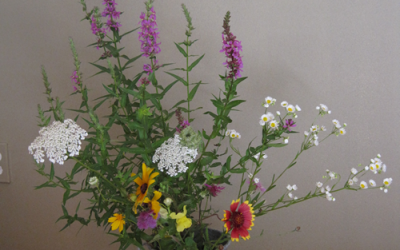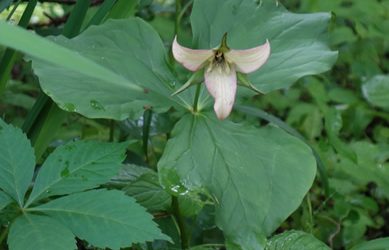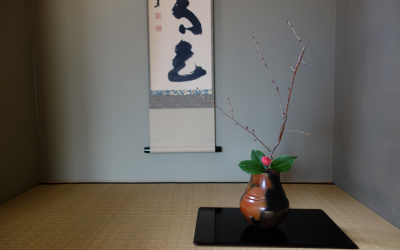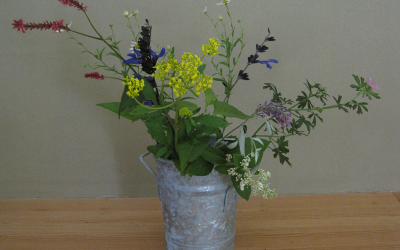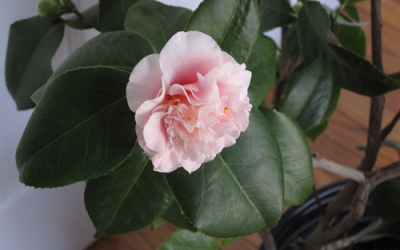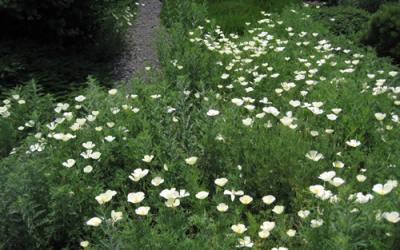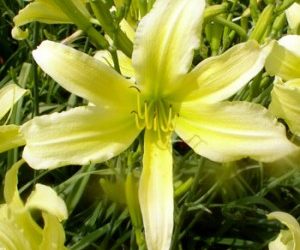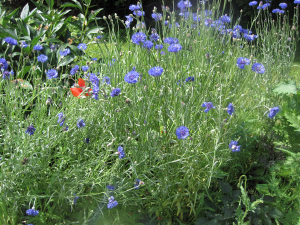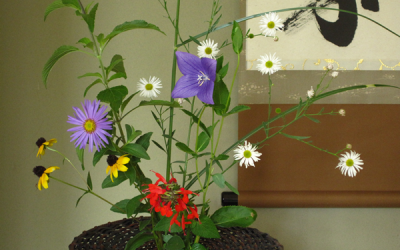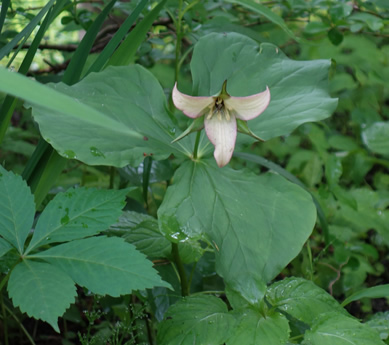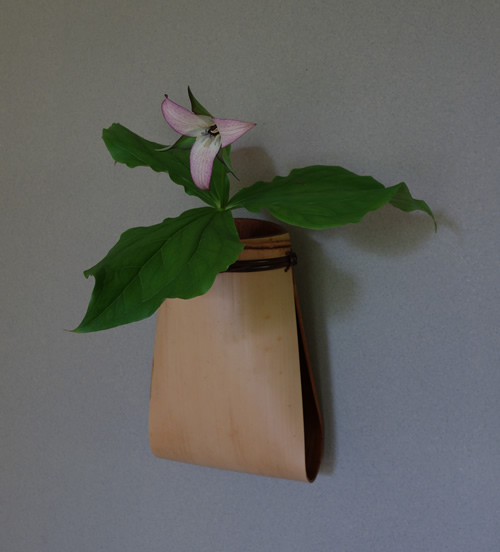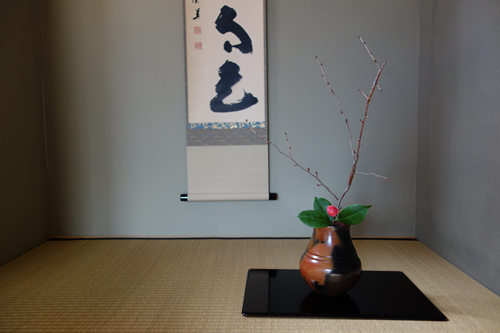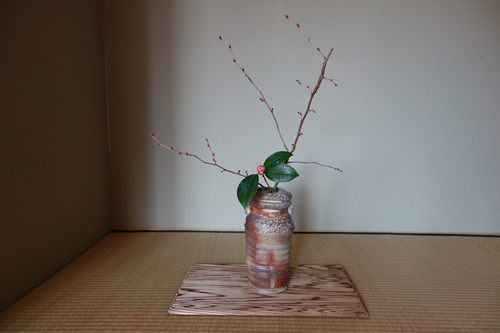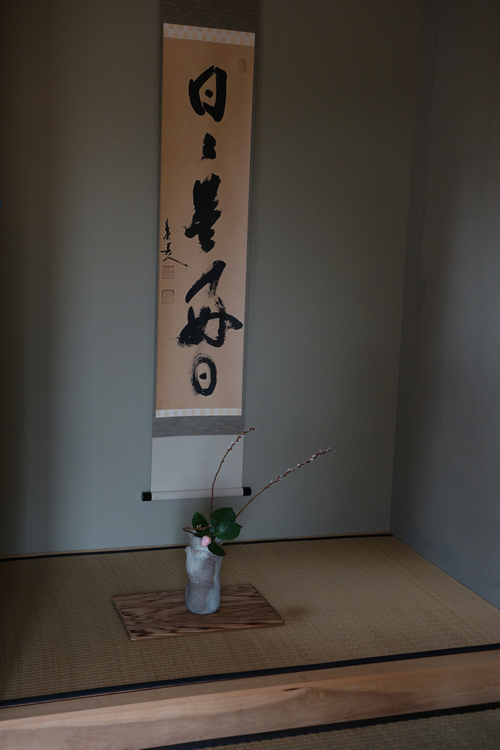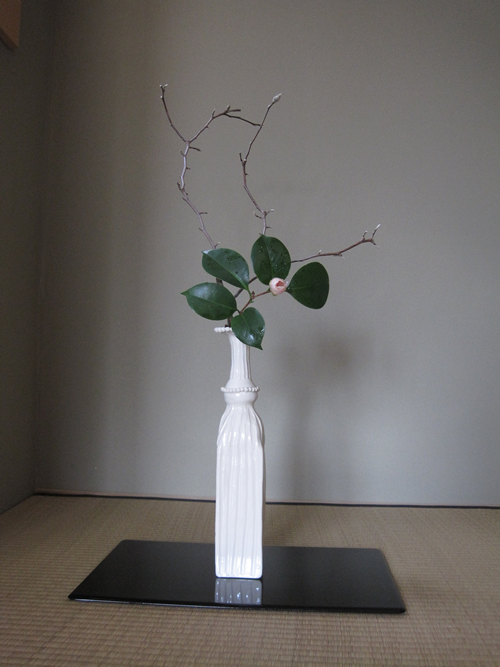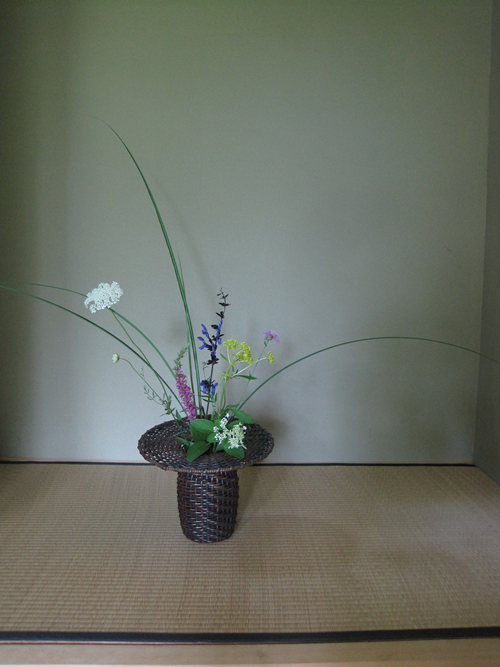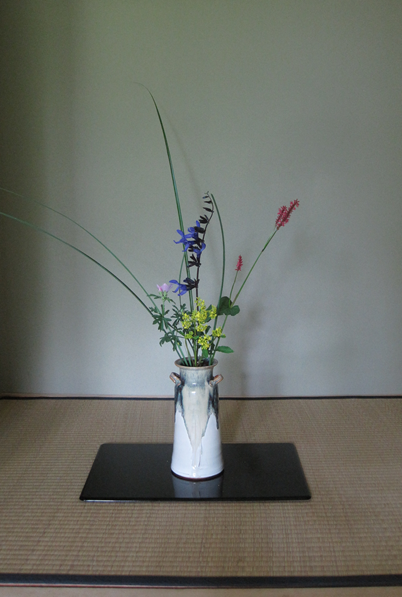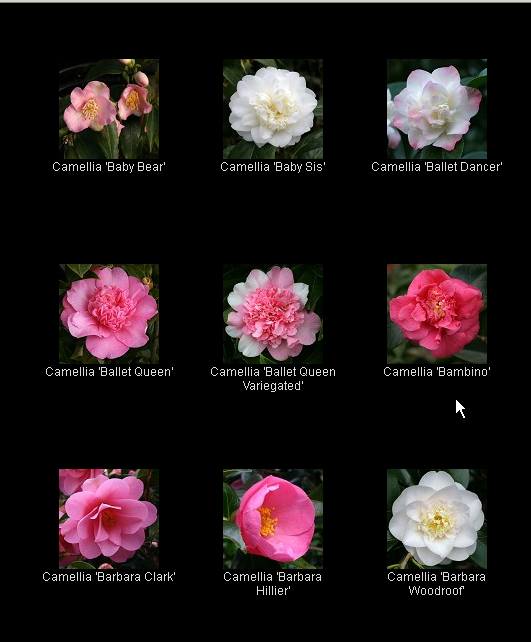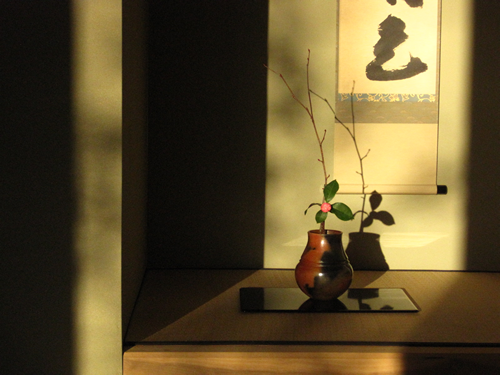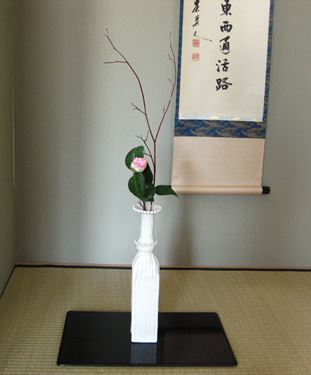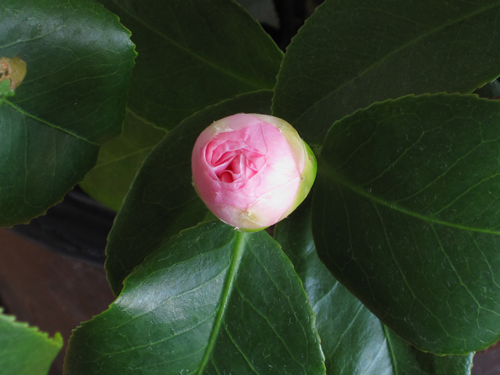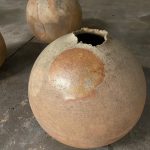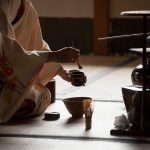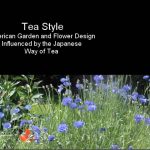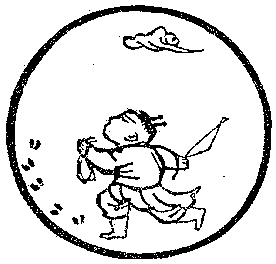How to arrange flowers in the Tea Style To begin, choose an odd number of flowers plus a grass. Each flower should be a different color and shape with a different leaf pattern. Wash and clean the leaves to remove any dirt, and re-cut the stems under water. The water...
How to arrange flowers
How to arrange flowers in the Tea Style

To begin, choose an odd number of flowers plus a grass. Each flower should be a different color and shape with a different leaf pattern.
Wash and clean the leaves to remove any dirt, and re-cut the stems under water. The water is immediately drawn into the flower, revitalizing it.

Place the flowers in your hands as you would have them in the vase. Take off any leaves that make the stems seem crowded.
Once you have adjusted the height of the flowers, cut the stems so they are even at the bottom.
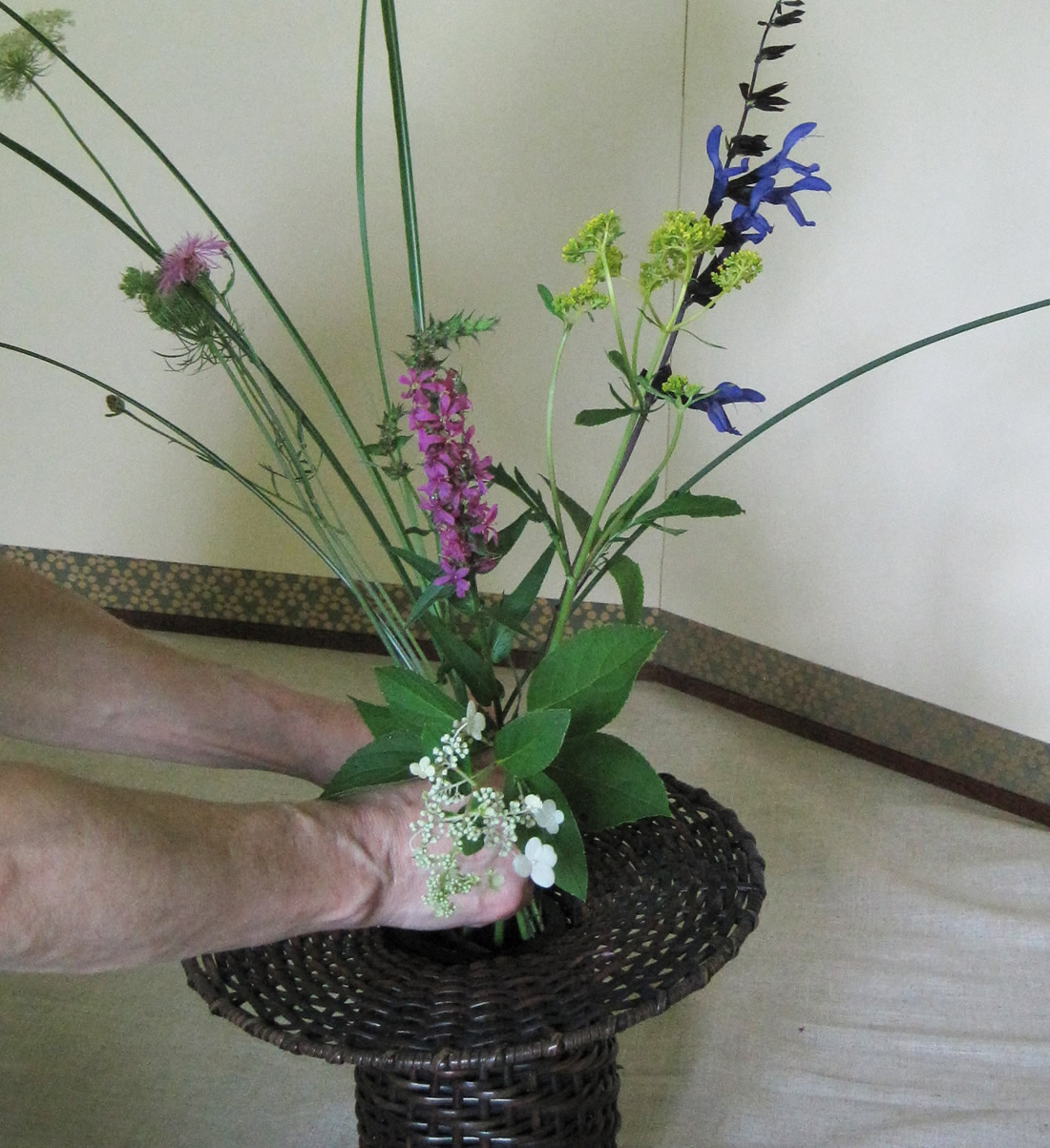
Hold the flowers lightly in your hands and then place them carefully in the vase. It is said that flowers should be placed in the vase with one breath. They should look as if they were growing wild in a mountain field and should feel free and natural.
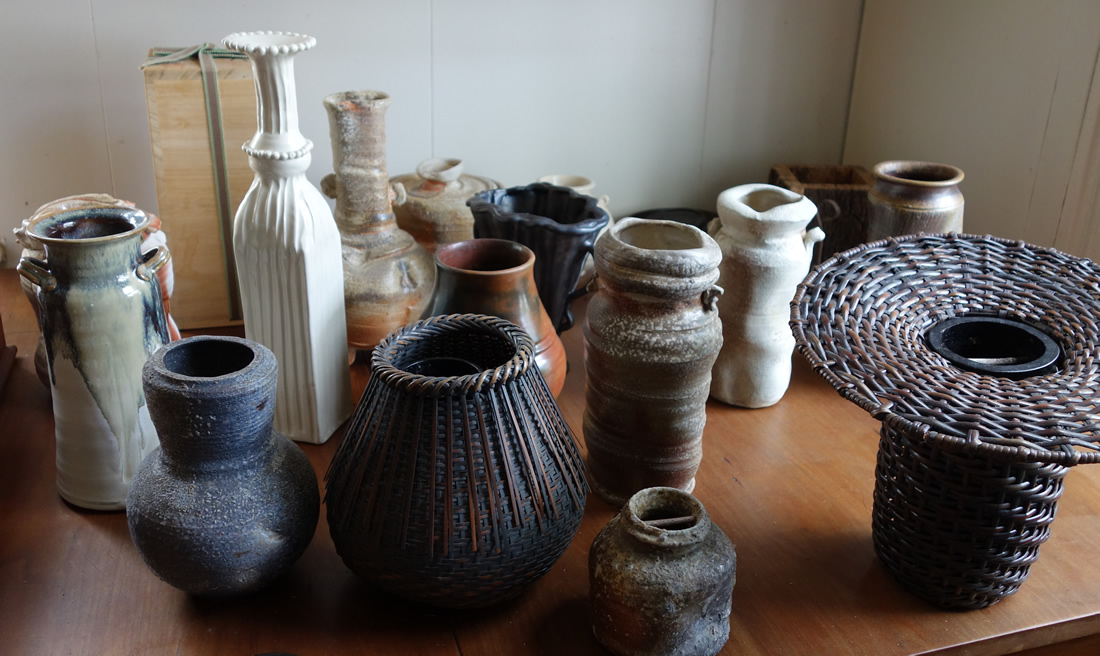
Baskets and bamboo containers are used in the summer because they have a feeling of airiness and coolness. Porcelain, bronze, and unglazed pottery are used in the winter.
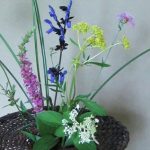 In early summer, when there are fewer flowers in the garden, you might have two or three in the vase. As summer progresses and more flowers are available, the number will increase. Little by little, as autumn approaches, the number of flowers will decrease, so that by the end of autumn there will only be one or two for Chabana. It’s a great delight in the cold autumn to go out into the garden hunting for those late lingering flowers: salvia, toad lily, cimicifuga, Japanese anemone. The grasses at this time have flowered with beautiful plumes.
In early summer, when there are fewer flowers in the garden, you might have two or three in the vase. As summer progresses and more flowers are available, the number will increase. Little by little, as autumn approaches, the number of flowers will decrease, so that by the end of autumn there will only be one or two for Chabana. It’s a great delight in the cold autumn to go out into the garden hunting for those late lingering flowers: salvia, toad lily, cimicifuga, Japanese anemone. The grasses at this time have flowered with beautiful plumes.
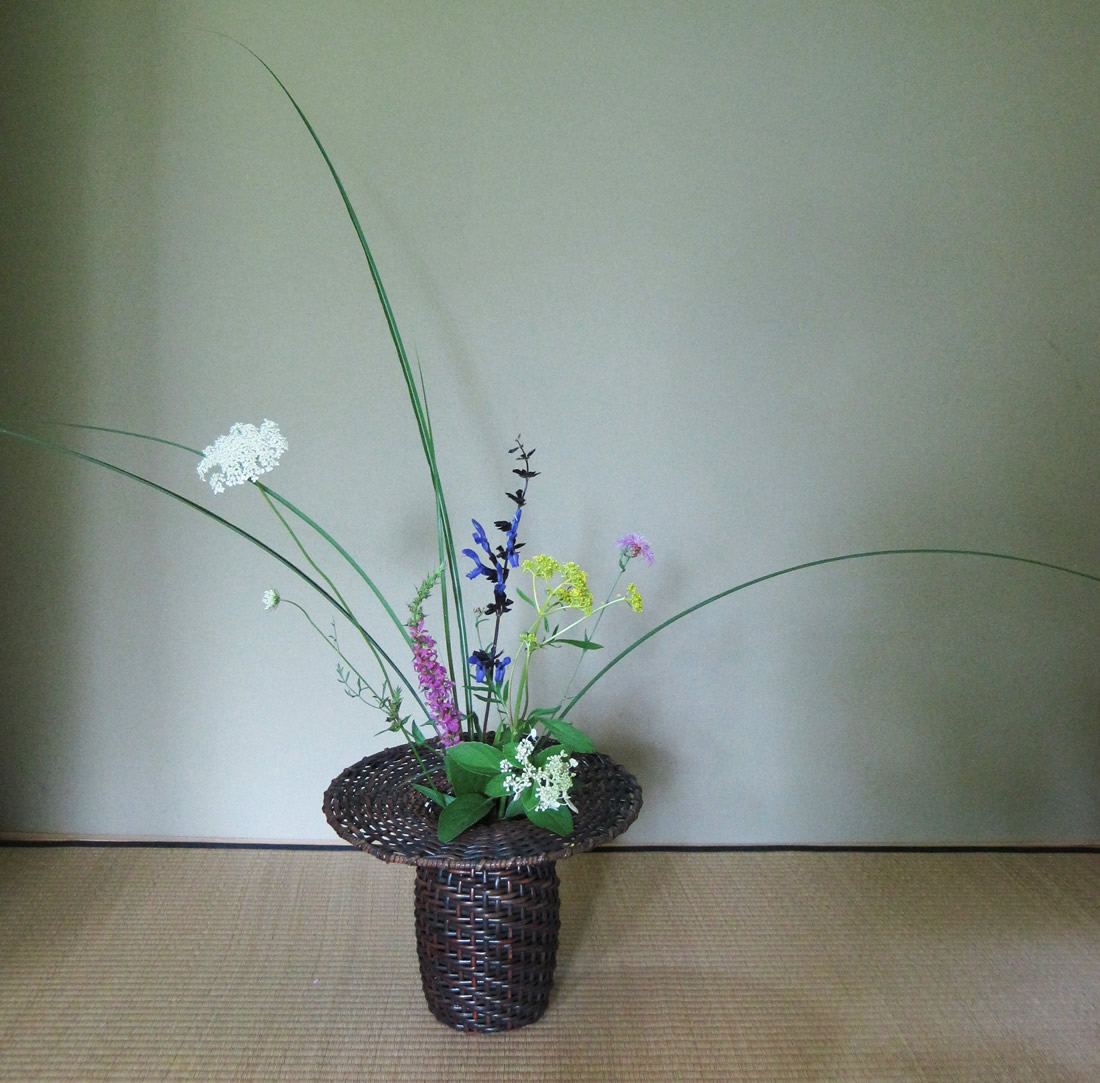
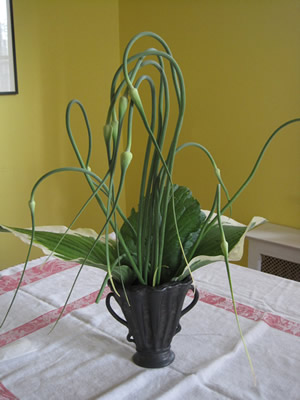
Each flower can be seen. We have different colors and shapes. The miscanthus grass fills the space with a light, airy feeling. The flowers: Queen Anne’s lace, yellow wild parsnip, purple loosestrife, pink mallow, blue salvia, and hydrangea. The vase is a Japanese basket in the style of an upturned Korean gentleman’s hat.
Use the principles of Chabana for flowers around your house. A friend gave me some garlic scapes this summer. Instead of roasting and eating them, I put them in a vase with hostas. Like flowers for tea, I placed them with “one breath” and it was beautiful.
More about flowers
How to arrange flowers
Trillium satori
Yesterday, as I was walking through my garden with a friend, she discovered this wonderful and mysterious Trillium - a precious, native orchid. It was hidden away and I had no idea it was in the garden. Did I plant this years ago and forget about it? A Trillum is...
The last of the Camellias
Winter is over and so too are Camellias. They bloom from December into early April. Here are the last blooms from my plants which I overwinter in a cold room in my house.
Flowers of late summer
Late summer is here. Goldenrod has appeared which is always the first sign of autumn. Purple loosestrife and Queen Anne's Lace are everywhere in fields. Besides the flowers growing in my own garden, I've been out picking from the roadside. Here's what I picked from my...
Camellias
In winter a Camellia is the preferred flower in the tearoom. It blooms from October through April. Each flower may last for several days but only the bud is used with a deciduous branch from a shrub or tree such as Viburnam or Fothergilla. The structure of the branch...
Spring wish list
It"s almost February and today it"s snowing. I"m starting to put together my spring wish list.
Oh joy, oh rapture
Oh joy, oh rapture This is the name of a lily I planted a couple of years ago. I thought the name was kind of arbitrary and wonderfully poetic. I didn't get it until tonight in late July when I walked out into the night, my garden illuminated only by the full moon. I...
June flowers
The basket is in the shape of an upside down Korean gentleman"s hat. The flowers: the first lily of the season, a Penstemon, my favorite Chinese Meadowrue, a Balloon flower and a Miscanthus grass.
Arrange flowers as if they were growing wild in a field
The Tea Ceremony as we know it today was created in 16th century Japan by the Tea master Rikyu. The flowers in the tea room are placed according to his insight
Trillium satori
Yesterday, as I was walking through my garden with a friend, she discovered this wonderful and mysterious Trillium – a precious, native orchid. It was hidden away and I had no idea it was in the garden. Did I plant this years ago and forget about it?
A Trillum is loved for its flower, which is amazing, but also admired for the three large leaves that dress it. It’s called a ‘Wake Robin’.
I was so thrilled to find it. It’s a perfect flower for Chabana, a flower to use in the tea room. I couldn’t resist and cut one flower.
How beautiful. But then I found out that one should not cut Trillium as they spread by seed. And they’re rare. Oh no. I had cut-killed this beautiful wild thing from my garden.
But last night seeing this wild orchid during zazen meditation in the tea house – I could see the whole perfection of the universe in it. No kidding. And you would have too. Satori isn’t just for the few. It’s for all of us at anytime.
Gratitude to all plants and teachers.
The last of the Camellias
Winter is over and so too are Camellias. They bloom from December into early April. Here are the last blooms from my plants which I overwinter in a cold room in my house.
Flowers of late summer
Late summer is here. Goldenrod has appeared which is always the first sign of autumn. Purple loosestrife and Queen Anne’s Lace are everywhere in fields. Besides the flowers growing in my own garden, I’ve been out picking from the roadside.
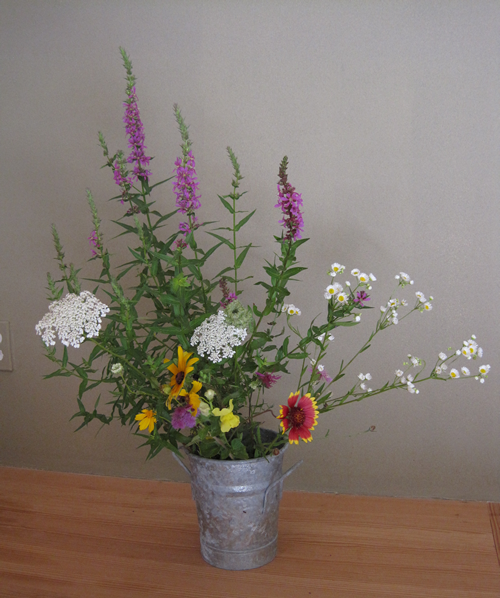
A bucket of wild flowers: purple Loosestrife, Queen Anne’s Lace, Black-eyed Susan, Daisy Fleabane, a Galardia that had self sown in the fields.
Here’s what I picked from my garden. All good flowers for Chabana as you will see.
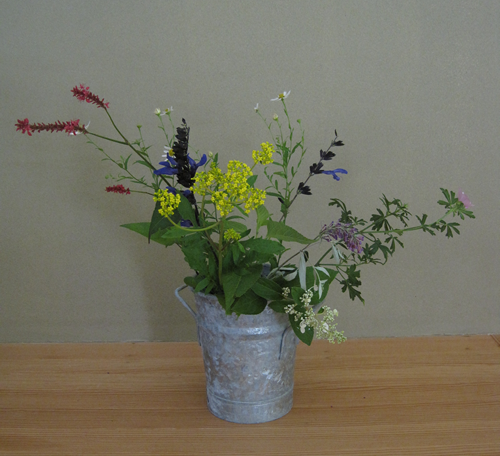
Flowers that are blooming now in my garden: Red Persicaria ‘Firetail’ or Mountain Fleeceflower, Salvia guaranitica ‘Black and Blue’, Oakleaf Hydrangea, a pink Mallow, and the yellow flower is a Wild Parsnip that self seeded.
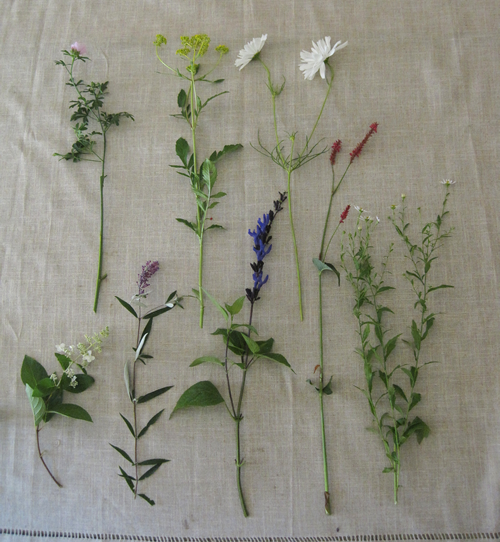
From top left clockwise: Mallow, Wild Parsnip, white Cosmos, Fleabane, Persicaria, Salvia, Buddlea, Hydrangea
One of the great joys of tea is flower arranging, or rather “placement of the flowers” for Chabana. Here you can see how we used the flowers blooming now.
Camellias
In winter a Camellia is the preferred flower in the tearoom. It blooms from October through April. Each flower may last for several days but only the bud is used with a deciduous branch from a shrub or tree such as Viburnam or Fothergilla.
– excerpt A Tea Garden in Tivoli
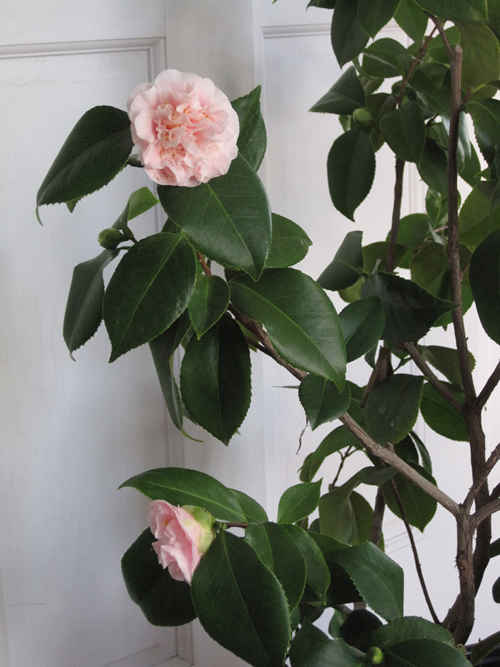
Camellias are native to China and Japan. They grow well in moist mild winter areas.
Here in Zone 5, I overwinter potted Camellias in a cold room of my house
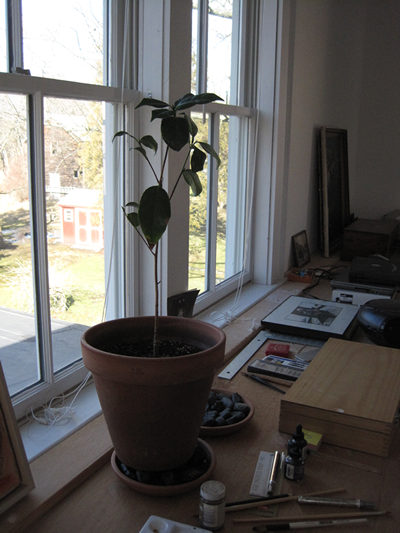
This Camellia is called Shiro Wabisuke which I ordered
from Nuccio”s Nurseries
www.nucciosnurseries.com
It will have small, single white blossoms.
There are over 250 species of Camellias. The most widely grown are the Camellia Japonica. In the United States , Camellias grow well in moist, mild winter areas like the South, California, and the Pacific Northwest.

